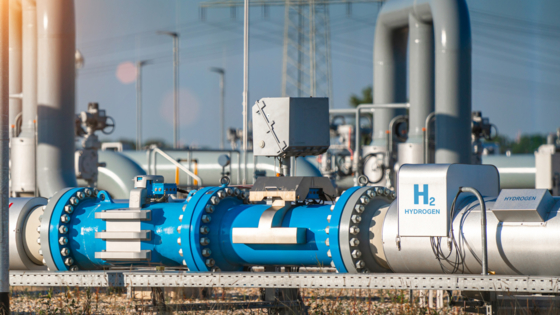During the current Africa Energy Indaba event, a top official said that the nation’s $1 billion clean energy fund, SDG Namibia One Fund, will begin awarding awards for project preparation by July this year.
The SDG Namibia One Fund, which was launched at the COP 27 in Egypt, is a collaboration between the Namibian Government’s Environmental Investment Fund, Climate Fund Managers, and Invest International.
The Environmental Investment Fund’s CEO, Benedict Libanda, described SDG Namibia One as a hybrid finance and investment platform that aims to crowdsource various forms of highly concessional money that might be utilized to de-risk private sector initiatives.
He said: “We hope the SDG Namibia One Fund will be fully operational by July this year. The development fund, capitalized at €100 million, will start advancing grants for project preparation in the country.”
“We target to raise about €1 billion by the end of this financial year and use it to invest in clean hydrogen assets and value chains and activate government equity participation in some projects. This is likely to be one of the biggest national hydrogen funds not only in Africa but globally, and it does not include leverage or capital recycling, which can increase investment by threefold over the long term.”
Libanda said the development fund will support early-stage project preparation.
“Once projects are prepared and advance to bankability, they move to the construction equity fund. The next stage is the operational fund, which is a very low-risk fixed-income guarantee fund…, which is palatable to patient funds, commercial banks, etc.”
Invest International, as an anchor investor, has provided €40 million.
“We have a further closing of €60 million towards the development fund,” Libanda said, adding that €500 million secured from the European Investment Bank (EIB) at COP 27 will capitalize the construction equity fund.
“We will do due diligence with the EIB this month or next in order to access that €500 million,” said the CEO. We will be in Japan next month to solicit their participation in the fund.
Namibia, according to Libanda, plans to fund its green hydrogen projects through the carbon credit market.
The Hyphen project aims to produce 3 million tonnes of green hydrogen per year, which could potentially displace 6 to 7 million tonnes of carbon emissions annually and generate revenue through international carbon trading.
Namibia is creating a carbon market policy and framework within the Ministry of Environment, Forestry, and Tourism and plans to establish a carbon market office by August 2023. Namibia has also joined the Climate Market Club and is partnering with South Pole to assess interest from carbon off-takers in the European Emission Trading Scheme.

